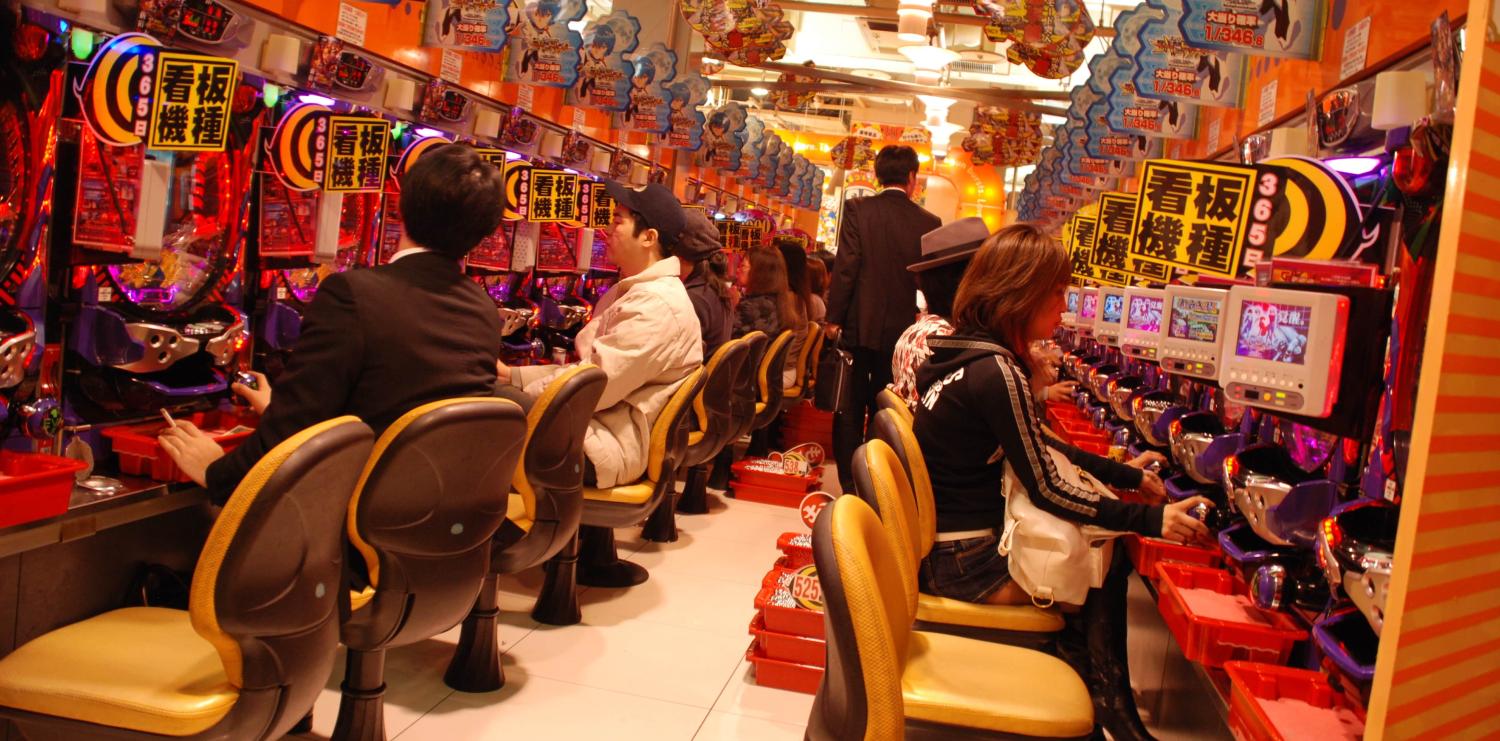Pachinko, a game that has captivated the hearts of millions in Japan and beyond, stands as a cultural phenomenon that bridges the gap between traditional gambling and arcade entertainment. This vertical pinball game, with its origins dating back to the early 20th century, has evolved into a staple of Japanese entertainment culture, offering a unique blend of noise, excitement, and the chance for rewards. This blog explores the origins, mechanics, and cultural significance of pachinko, providing insights into why it remains a popular pastime in Japan today.
The Origins of K8Pachinko
K8Pachinko traces its roots to the early 1920s, inspired by both traditional Japanese games and Western pinball. Initially introduced as a children’s toy, it quickly gained popularity among adults, evolving into a more sophisticated form of entertainment. The game’s evolution mirrored Japan’s own cultural and economic changes, with pachinko parlors becoming a common sight across the country. Today, these parlors are not just gaming venues but cultural landmarks, reflecting the vibrant and eclectic nature of Japanese society.
How Pachinko Works
At its core, pachinko is simple yet captivating. Players purchase a large number of small steel balls which are then shot into the machine. The primary objective is to guide these balls into designated slots or pockets on the playfield, which triggers the release of more balls. The mechanics involve a mix of luck and minor skill, mainly in controlling the speed at which balls are launched. Modern pachinko machines incorporate elaborate digital displays and thematic elements, making each game a unique audio-visual experience.
Despite its gambling connotations, pachinko operates within Japan’s legal framework by offering prizes that can be exchanged for goods or tokens, which are then taken to a separate vendor for cash conversion. This indirect system allows pachinko to thrive, providing an outlet for entertainment while navigating the legal restrictions on gambling.
Cultural Significance of Pachinko
Pachinko’s appeal goes beyond the thrill of the game; it is deeply woven into Japan’s social fabric. For many, it serves as a form of escapism from the pressures of daily life, offering a space for relaxation and social interaction. The pachinko parlor, with its distinct sensory overload of flashing lights and non-stop sound, creates an immersive experience that is uniquely Japanese.
Furthermore, k8 casino pachinko has made significant contributions to the Japanese economy, generating billions of dollars in revenue annually. It also influences popular culture, with references found in movies, literature, and television shows, further cementing its status as a cultural icon.
Conclusion
Pachinko is more than just a game; it is a cultural institution that offers a window into the complexities of Japanese society. From its humble beginnings to its current status as a multi-billion dollar industry, pachinko embodies the fusion of tradition and modernity that characterizes Japan. Whether viewed as a form of entertainment, a social gathering spot, or a cultural artifact, pachinko continues to fascinate and entertain, remaining a beloved pastime for many. As it evolves with advancements in technology and changes in societal norms, k8pachinko will undoubtedly continue to be a significant feature of Japan’s cultural landscape.
